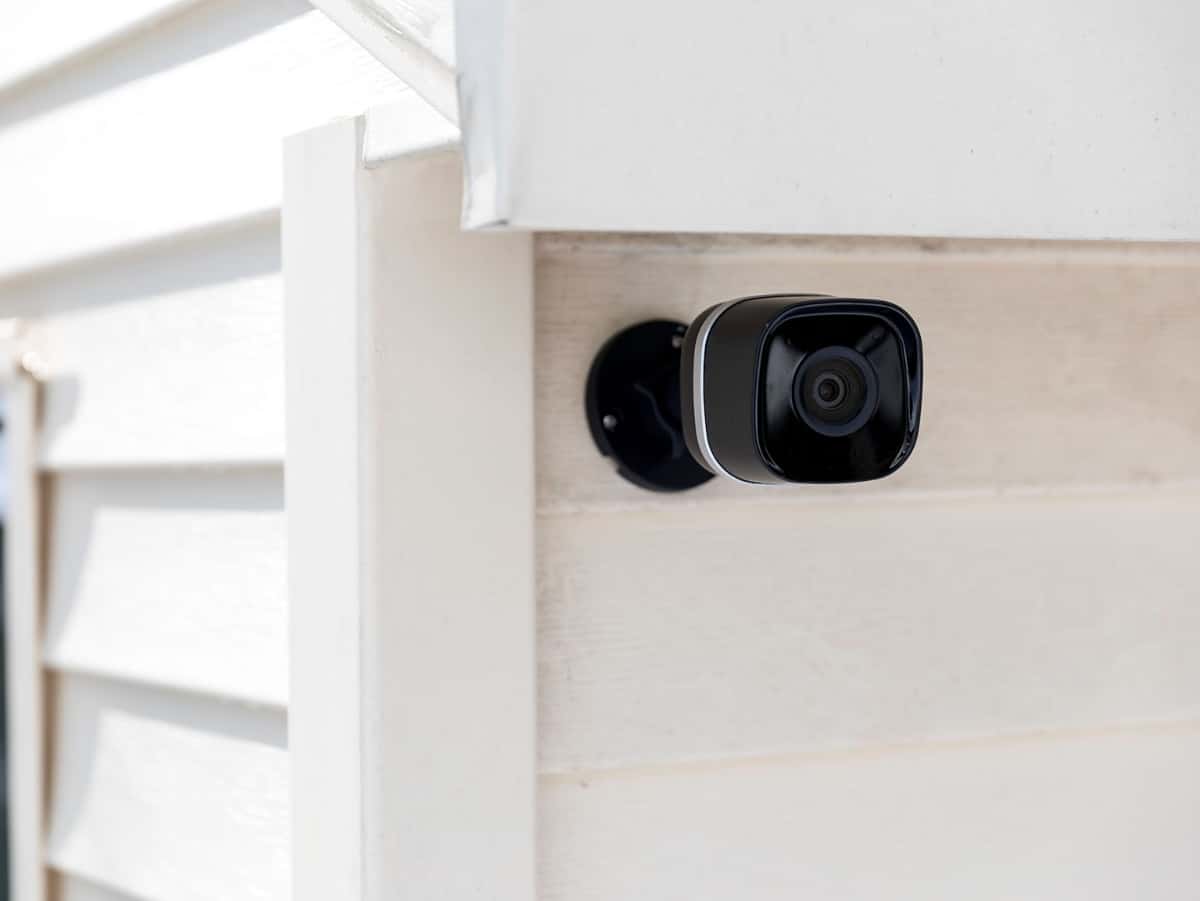As the largest purchase most people will make in their lifetimes, buying a home is a big deal. And with any major purchase, it’s imperative to protect your investment. With your home, however, the stakes are much, much higher. Therefore, you must scale your protective measures to match. Fortunately, you’re not alone! There’s kind, knowledgeable folks willing to share their expertise to make sure you can keep your home safe. Such is the case with ONIT Home.
As your local home security experts, one of the most common questions we receive is “How many security cameras do I need at home?” While there are no one-size-fits-all answers to “How many security cameras do I need at home,” we’ll provide tailored insight and guidance in this article to help you make the best decision. Let’s take a closer look at how many security cameras you need, as well as the key factors you should consider when protecting your space.
Should I Use Security Cameras in My Home?
Whether indoor security cameras, outdoor security cameras, or a combination of both, it’s always a good idea to leverage the power of video. Here are a few of the top reasons you should use security cameras at your home:
- Deterrence. The sheer presence of a video camera can act as a major deterrent to a would-be invader.
- Get Evidence. In the unfortunate event there is a break-in at your home, the camera footage can be used as a valuable tool to law enforcement.
- Connect to Your Alarm. When used as a part of a comprehensive smart security system, your cameras can be intelligently integrated with the system to provide you with unrivaled peace of mind. This means you can check on your home from anywhere, whether you’re down the street or on your dream vacation.
- Save Money. Did you know that an alarm and camera system can lead to up to 20% lower homeowners insurance?
- Protect Your Delivery Packages. If you’re not home to collect an Amazon delivery immediately, it can be a prime target for thieves.
- Protect Your Vehicle. Did you know there were 873,000 auto thefts in 2020? If you keep your vehicle in your driveway, a security camera is a must-have feature.
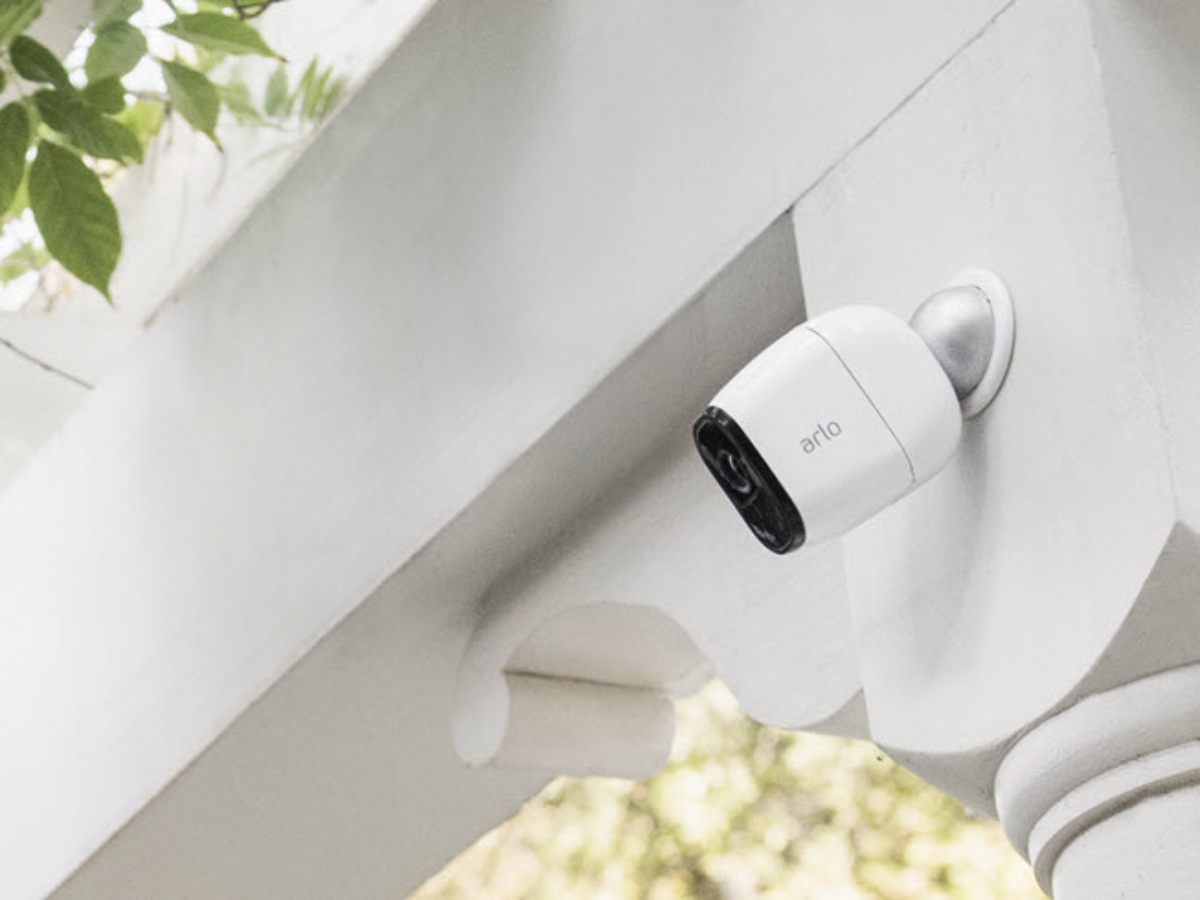
How Many Security Cameras Do I Need in My Home?
When it comes to how many security cameras you need for your home, there are no right or wrong answers. In fact, the number of cameras you need at your home can range based on several factors. And it’s important to consider these factors in the very beginning.
In doing so, you can save a lot of time and money in the long run. For example, if you purchase a camera system that only supports three units, and you later discover you need five, you’ll have to revisit the entire scenario. Instead, it’s best to approach the process strategically, consider all angles, and confidently make an informed decision. A few top considerations include:
- The size of your home
- The areas you’re covering
- The number of cameras you need to cover each area sufficiently
- Features
Most average size homes need anywhere between two and six security cameras.
The Size of Your Home Determines How Many Cameras You Need
Keep in mind that larger homes will most likely need more security cameras. Why? Because larger homes will have more space needing protection. In either case, most average size homes need anywhere between two and six security cameras. However, this number can greatly change based on the size of your home and where you would like coverage.
The Areas You Want Covered Determines How Many Cameras You’ll Need
When you’re calculating the number of cameras you need for your home, it’s vital to consider that not all areas may need coverage. Most people do not worry about the sides of the home — as long as there is no point of entry, such as doors or windows. But this is a personal decision. For example, some of the most common coverage areas for exterior cameras include:
- Front Yard
- Driveway
- Front Porch
- Backyard
- Garage Entry
For indoor camera systems, you will want to cover areas that are easily accessible, such as:
- Living Room
- Front Hallway
- Kitchen
- Stairwells
Because indoor cameras are more likely to be plugged in, you’ll more than likely need to put them near an outlet, which can impact your decision. Whether interior or exterior, the best rule of thumb is to place a camera anywhere you would like to:
- Defer nefarious activity
- Potentially gather evidence
- Monitor for activity
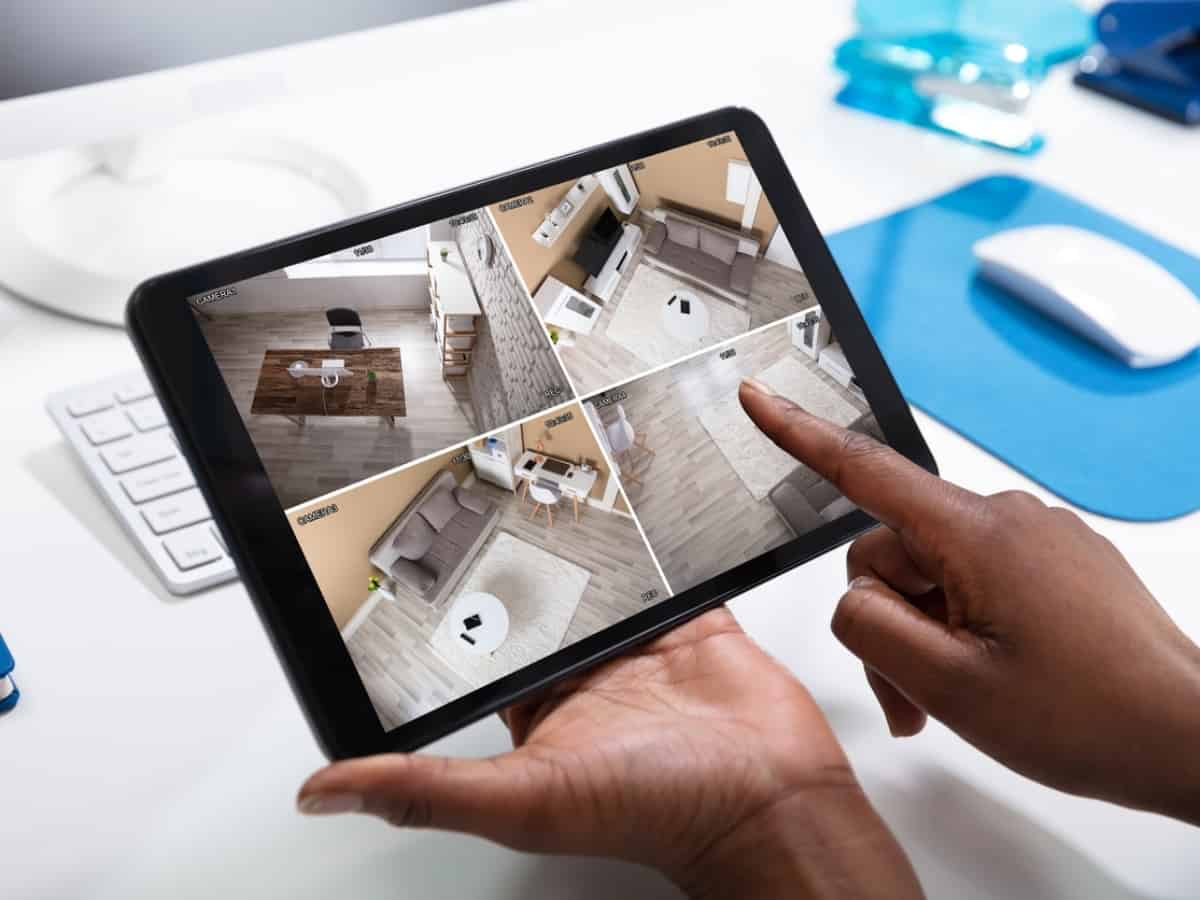
How Many Security Cameras Will I Need for Each Area?
Once you have listed out the areas you wish to cover, the next step will be to figure out how many cameras you’ll need to cover each area. There are a number of different ways to arrive at this calculation, and the team at ONIT can provide you with a more exact estimation. However, you can always start with your own estimations. Make sure to consider:
- Can I cover more than one area with a single camera, such as the front yard and driveway?
- If you park a vehicle in your driveway, consider using a camera for both sides of the vehicle. The vehicle’s positioning may prevent the 360-degree coverage you want from a single camera.
- Are you considering expanding or adding an addition to your home? If so, it would be beneficial to contribute the impact to your estimation and add cameras for the area.
- Do you have a screened-in porch in the back? If so, think about the implications and consider adding cameras to provide coverage because the screen can act as an easily breachable point of entry.
For most people, the goal is to create a secure perimeter of the home covering all points of entry.
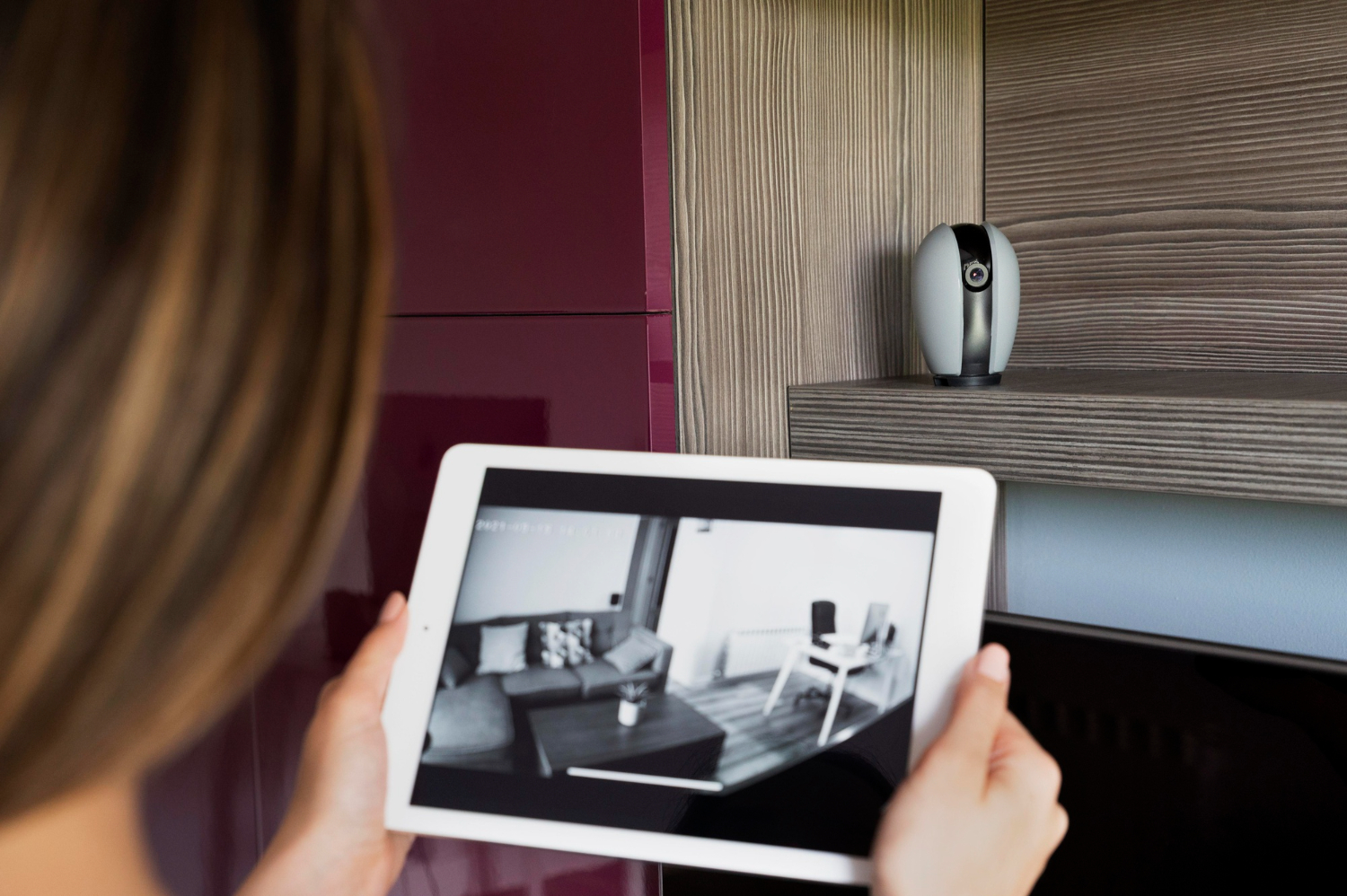
The Features Can Dictate the Number of Security Cameras You Need
When considering the types and number of cameras, there are a vast number of innovative features that can make it overwhelming. Here are some of our top must-have features for indoor or outdoor cameras.
- Motion Detection. Make sure the camera system has integrated motion detection, so it will only record when it detects motion.
- Night Vision. Nefarious individuals rarely visit in the day. Unfortunately, it’s hard to spot trouble when it’s hidden under the cloak of darkness. Ensure any indoor or outdoor camera system is equipped with infrared night vision, so you can have a clear perspective.
- Two-Way Audio. This key feature allows you to have conversations with your family members, kids, sitters, or anyone else right through the camera system.
- Mobile App Compatibility. Using a camera system with a mobile app is one of the fastest and least cumbersome ways to access recorded and live footage. The app will provide you with the anywhere, anytime access you desire. Read more about the top home security cameras with mobile app compatibility.
- High Definition (HD). Don’t choose a system with grainy or poor resolution. Look for a system that has 1080p for the best resolution and clearest picture. Many of today’s more advanced cameras boast 2K or even 4K resolution, which is two times the number of pixels in 1080p.
- Field of View. While often overlooked, the field of view on your camera system is imperative. Find a camera that offers a wide-angle lens for optimum coverage. Specifically, your camera should be at least 120 degrees with 180 degrees being the mathematical limit. You can amplify your coverage to new heights with cameras that can pan all the way around.
- Wired vs Wireless. Many camera systems used today are wired. While one may work better for you, it’s critical you understand the benefits of both and choose a system that is ideal for your needs. Specifically, once you install a wired camera, moving it somewhere else is much more labor-intensive.
- Wi-Fi Connectivity. Similar to wireless cameras, those with Wi-Fi connectivity offer easier placement and greater flexibility.
Security Camera Features: The Takeaway
Even though all of these features are essential, the field of view can have direct implications for the number of security cameras you need. Many of the less expensive cameras have reduced or limited field of view. And this means you may end up needing to purchase two less expensive cameras to equal the field of view provided by one that is slightly more pricey. Because of this, make sure you pay special attention to the camera’s field of view in relation to the pricing. Attempting to save a buck could lead to you spending more in the long run.
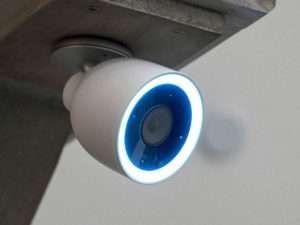
Nice-to-Have Security Camera Features
In addition to the previously mentioned must-have features, a few extra nice-to-have features for security cameras include:
- Zoom. With cameras, it’s all about the details. And the best cameras offer you the ability to zoom in optically, which explains when the camera focuses on an object. This functionality often means you can pinch the live stream in the app. Although this capability isn’t a deal-breaker, it’s a preferred option.
- High Dynamic Range (HDR). Shooting outside is difficult because shadows and glare can get in the way of a picture-perfect image. Fortunately, HDR is a robust feature designed to remove the shadows and glare from outside footage. And this will lead to footage that is closer to real-life imagery.
- Geofencing. This feature connects the security cameras with the GPS in your mobile phone to activate automatically when you leave.
- Cloud Storage. Cloud storage makes it easy to store and retrieve important video clips of activity around your home. If your camera doesn’t offer cloud storage, you can also use an SD Card or a Network Attached Storage system to store your recordings. Read more about how these storage accessories can help.
Get the Smart, Expandable Home Security System You Need at ONIT
At ONIT Home, we specialize in helping homeowners and businesses get the proactive security solutions they need. Best of all, our home security camera system is expandable, which means you can grow your coverage and confidence as your needs change.
Call us today at 1-833-433-0331 to learn the most ideal number of security cameras you need at your home. Or request a free quote to learn more about how we can help secure your home with the equipment you need.



